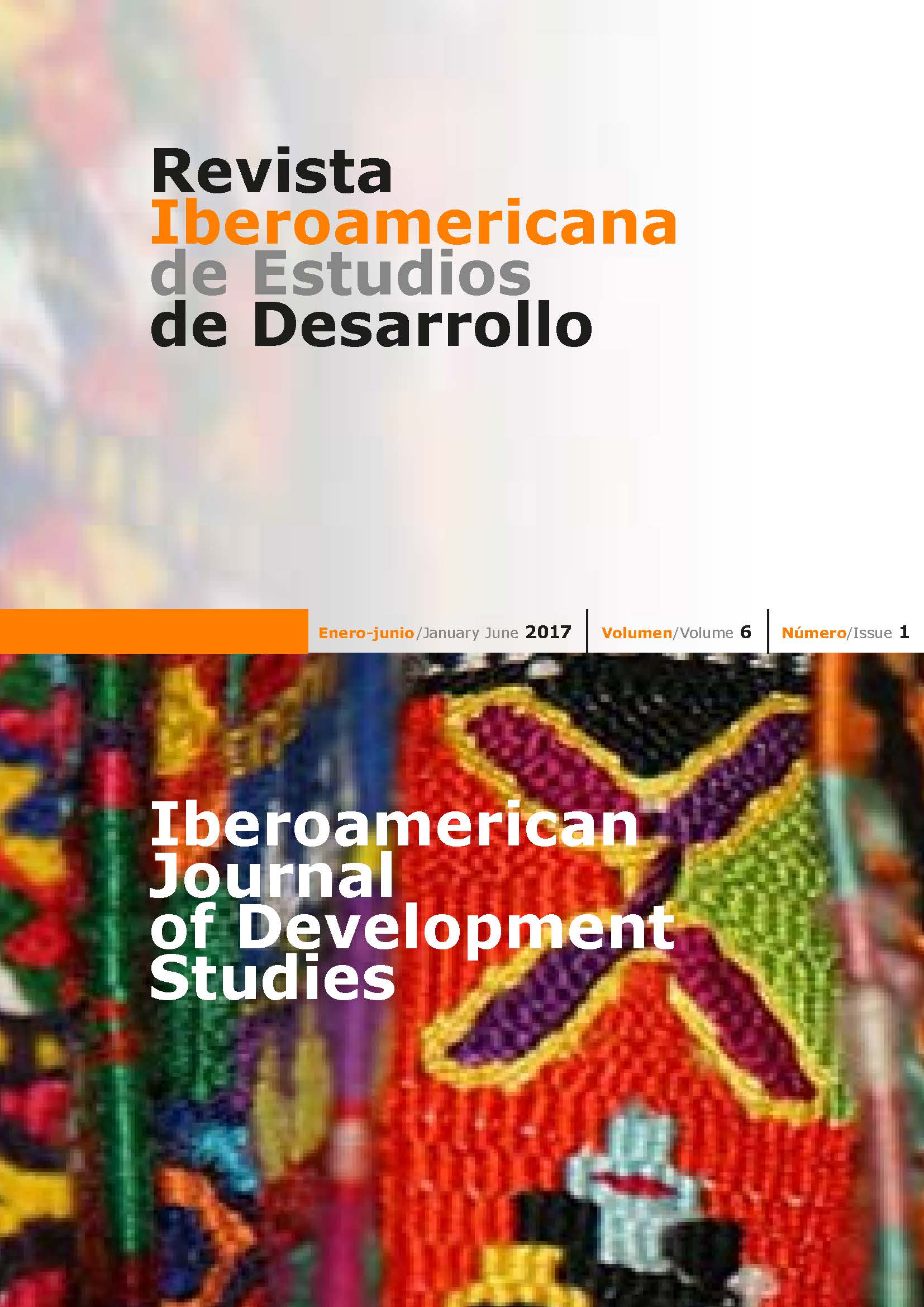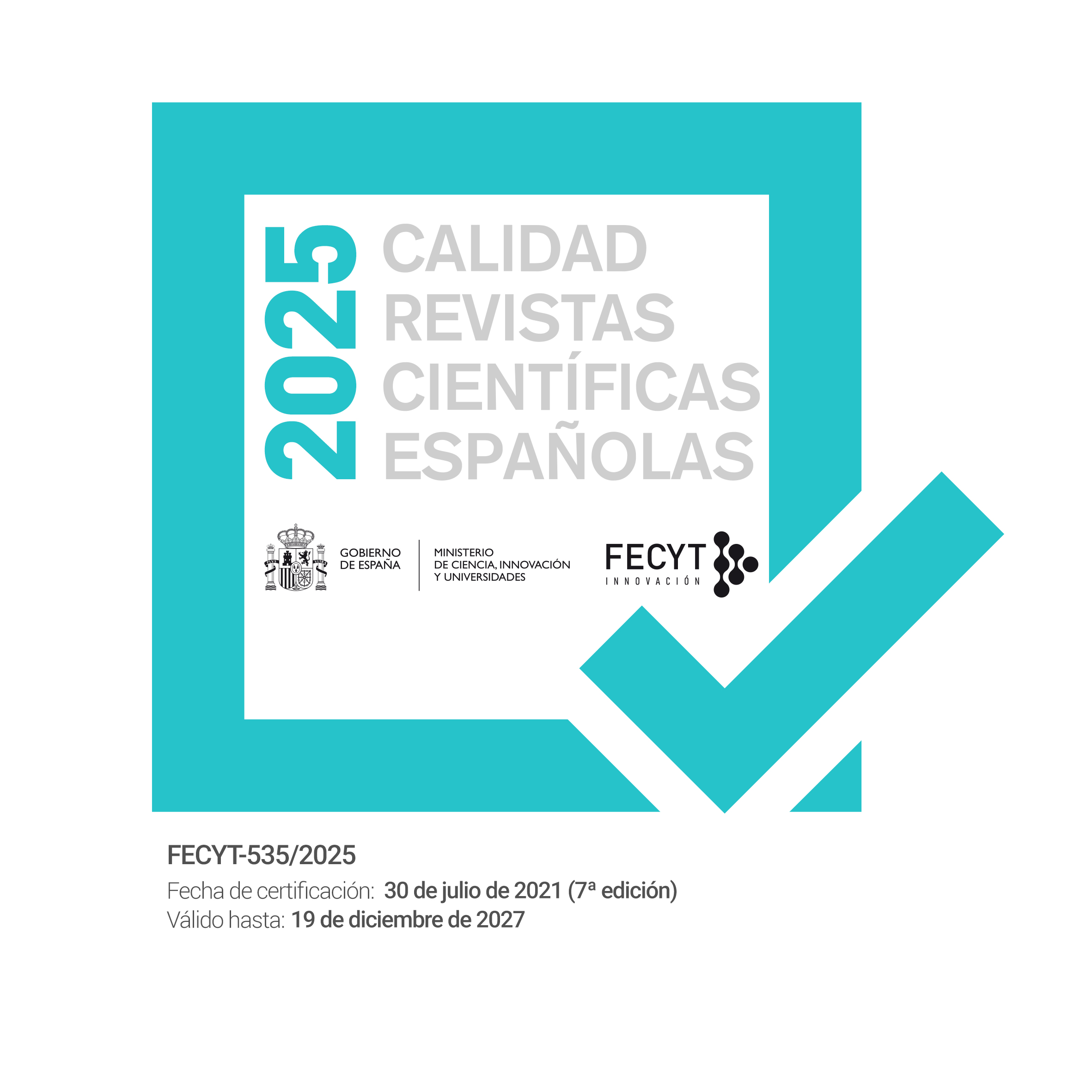Dentro o más allá de la ayuda: el difícil camino de la Coherencia de Políticas para el Desarrollo
DOI:
https://doi.org/10.26754/ojs_ried/ijds.221Palabras clave:
Coherencia de Políticas para el Desarrollo, OCDE, Ayuda Oficial para el Desarrollo, cooperación al desarrolloResumen
Desde que, hace más de dos décadas, comenzaran a plantearse en la OCDE los análisis sobre la Coherencia de Políticas para el Desarrollo (CPD), estos han ido evolucionando, al tiempo que lo hacían los debates sobre la necesaria reforma del sistema de cooperación internacional. Sin embargo, las sucesivas reuniones de Roma, París, Acra o Busan, que dieron forma a la Agenda de la Eficacia de la Ayuda, se centraron en una visión tecnocrática y unilateral de la eficacia, alejada del enfoque de CPD. Posteriormente, la creación de la Alianza Global para la Cooperación Eficaz al Desarrollo no ha supuesto tampoco un cambio de rumbo en esta cuestión. En el artículo se muestra la llamativa ausencia de la CPD en las reuniones y declaraciones, lo que contrasta con su notable evolución en el plano doctrinal y plantea las potencialidades que presenta la Agenda 2030 para la CPD.
Descargas
Descargas
Publicado
Número
Sección
Licencia
Derechos de autor 2017 Jorge Gutiérrez-Goiria, Natalia Millán-Acevedo, Ignacio Martínez-Martínez

Esta obra está bajo una licencia internacional Creative Commons Atribución-NoComercial-SinDerivadas 4.0.






